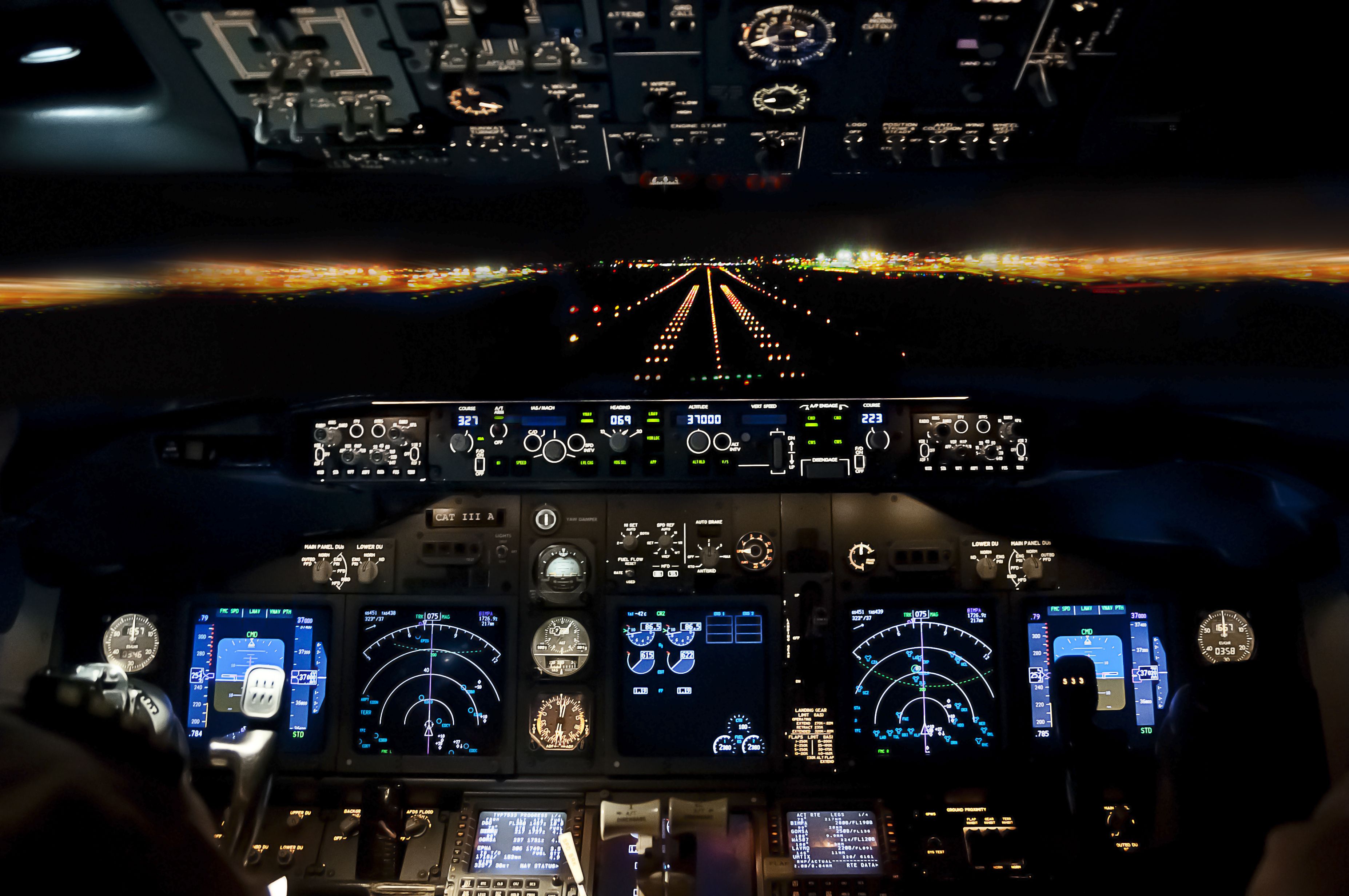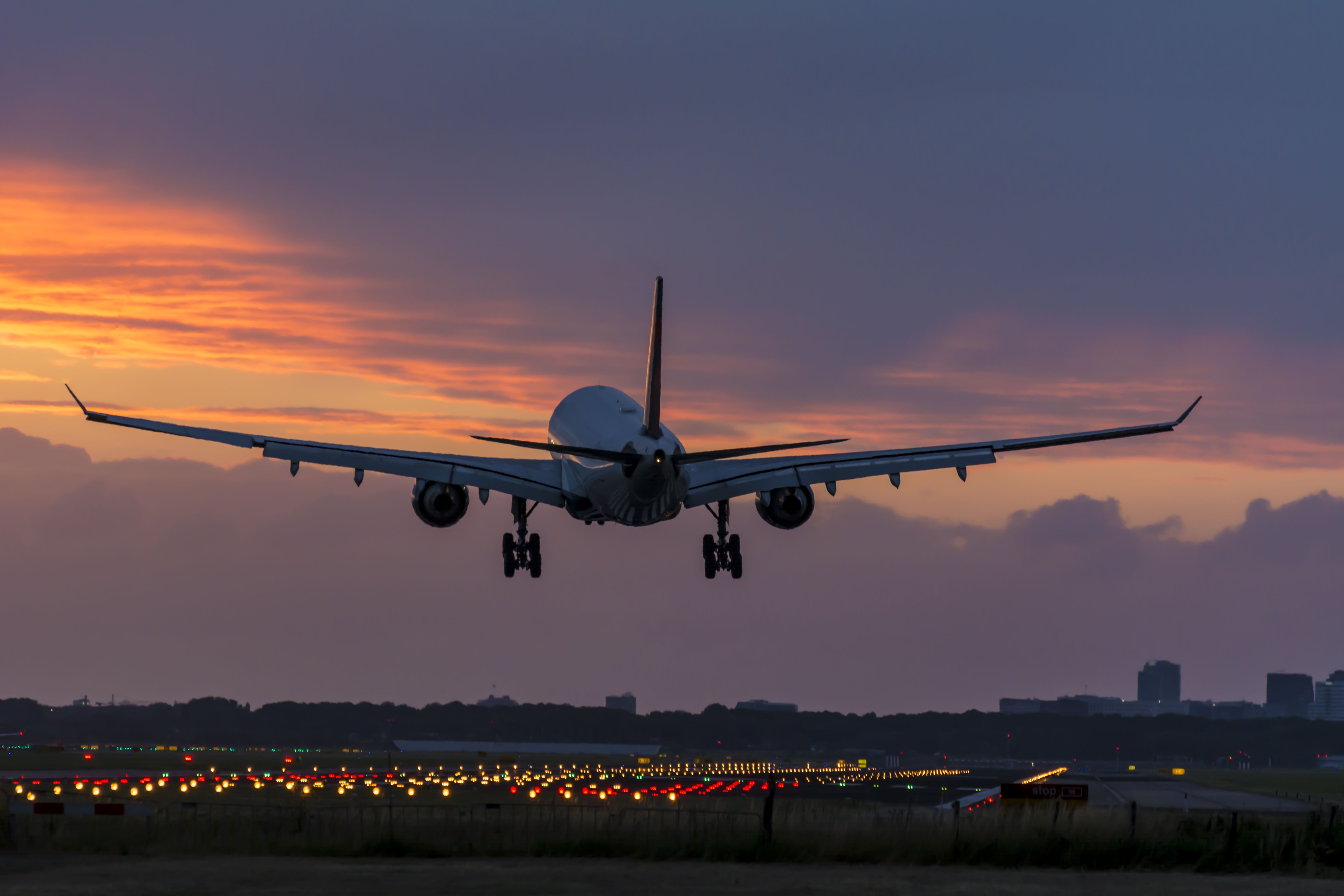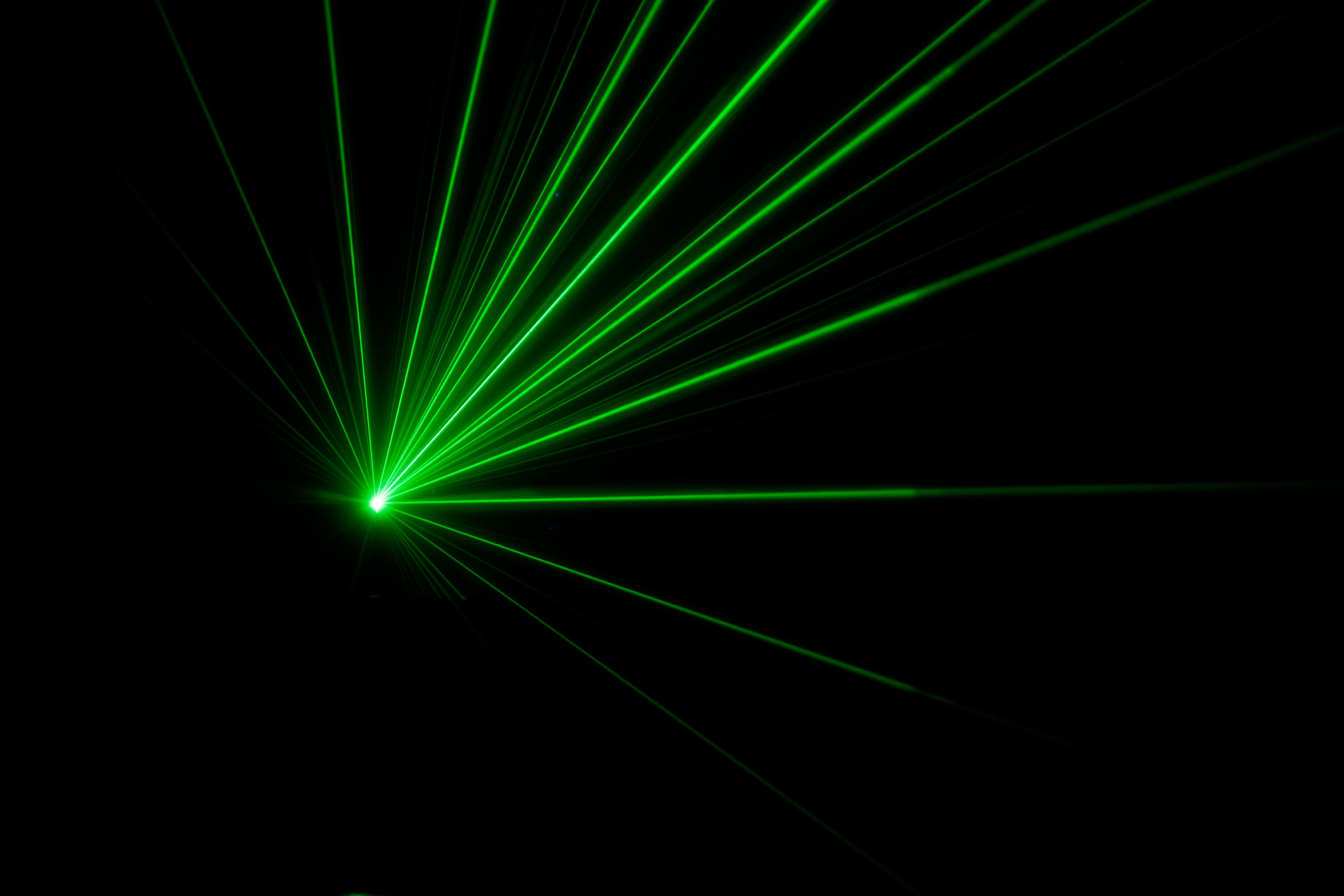Summary
- Laser strikes on planes are a federal crime in most countries.
- Controllers and pilots work together to report the incidents and catch the offenders.
- Laser strikes pose a significant danger to airline operations, as they can temporarily blind flight crew, potentially causing a medical or operational emergency.
Many pilots would agree that nighttime flying is more tranquil than flying during daylight hours. The air is generally smoother, there is less traffic to work around, and fewer voices are heard on the radio. It's also easier to go "direct to" navigational fixes or get the runway assignment nearest to the flight's arrival gate. There are lots of upsides to night flying. One of the few disadvantages is the reality of laser strikes. This article will discuss them and the danger laser strikes pose to flights.
Where laser strikes occur
Laser strikes occur when a plane is low—generally within a few thousand feet of the surface. Though the most potent lasers can cast a beam many miles long, it's nearly impossible to hit a plane moving hundreds of miles per hour, many thousands of feet above. This still poses a significant danger to flying since operations below 10,000 feet are considered sterile, safety-critical phases of flight.
Pilots keep the flight deck lights on the lowest required setting to allow their vision to adjust to nighttime viewing. Because of this, the flight crew can be temporarily blinded by a green laser illuminating the flight deck even if it doesn't strike them directly in the eyes, causing a potential medical or operational emergency.
Consequences
Pointing an illuminated laser at a plane is a federal crime in the United States, Europe, and most of the world—pilots who experience a laser strike report the event to the controllers immediately. Controllers, depending on whether they're terminal area or tower controllers, will report the laser event to the police and airport authority immediately in an attempt to catch the offender(s). Later on, the supervising controller must report to their governing agency, such as the FAA in the United States.
The number of laser strikes seems to be increasing. Though US data has only been published since 2016, the number of laser strikes has grown from just shy of 7,400 in 2016 to 9,457 in 2022. It's understandably challenging to catch perpetrators of laser strikes, but those caught and identified have been fined $11,000 for a single incident and up to $30,800 for multiple violations.
General aviation
General aviation aircraft are more susceptible to laser strikes than airliners. This is particularly true for single-engine, non-turbocharged planes, which cruise and maneuver almost exclusively below 10,000 feet. Flight instructors and avid flyers who have experienced laser events know that the quickest escape from one is momentarily turning off all the plane's exterior lights. The red and green navigation lights on the wingtips and the beacon must be illuminated at night, making the aircraft easy to spot. When these lights are momentarily extinguished, a small plane is impossible to spot against the night sky's dark background.
Want answers to more key questions in aviation? Check out the rest of our guides here.
While the number of laser strikes is increasing, their occurrence is still relatively uncommon. Understanding why they are dangerous and unwise requires a modicum of common sense.
Source: Federal Aviation Administration, SkyBrary



